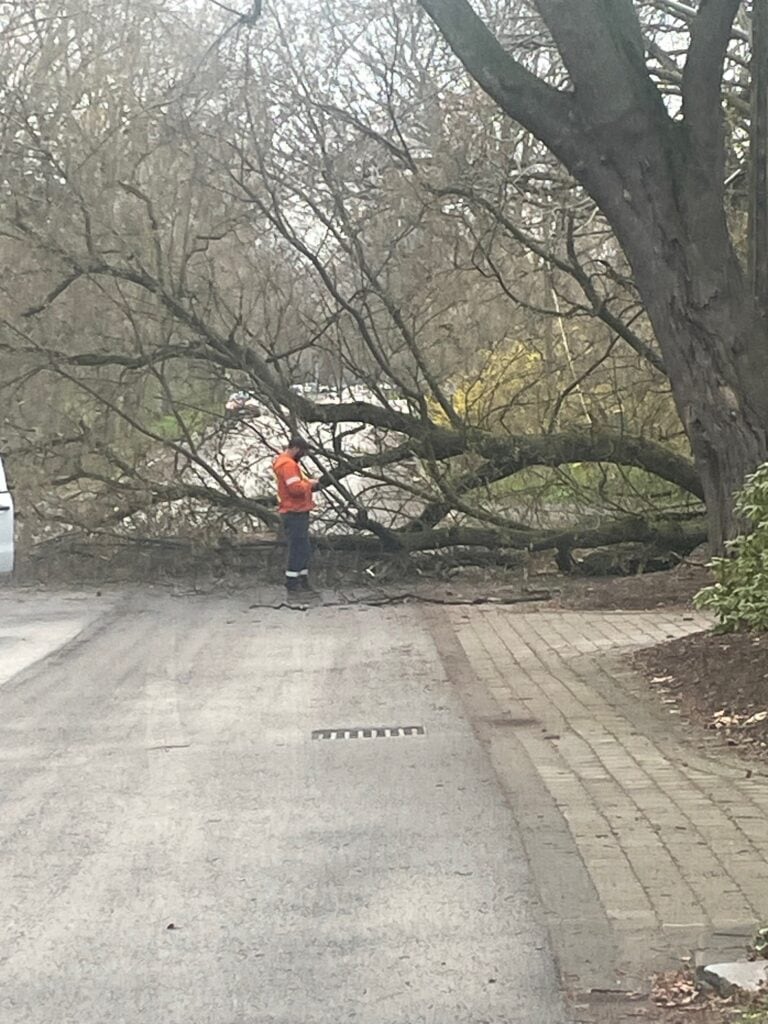The province should not start to lift COVID restrictions until at least 75 per cent of residents are vaccinated, says Niagara’s chief medical officer of health.
Dr. Mustafa Hirji says data shows if the province opens with just 55 per cent of people vaccinated, there could be “a big jump up in terms of the number of cases.”
Ontario has to “stay with our measures long enough that we're able to bring cases low so the risk of infection spreading is lower because there's fewer people who are infected to spread,” Hirji said during a media briefing on Monday.
As well, the vaccination rate must be high enough that “it's going to be able to actually keep cases low.” The federal government estimates a rate of about 75 per cent is necessary, he said.
As well, he expects it will be mid- to late June before the province hits that target and can reopen safely.
So far, about 31.5 per cent of Niagara residents have been vaccinated, Hirji said.
The “real key” question now is “do we sustain the stay-at-home order long enough to get us to a point where it is safe to reopen? Or do we, unfortunately, rush to reopen again?”
Once Ontario has reached a safe vaccination level, combined with cases coming down, things should be able to open again, he said.
“At that point you could actually safely reopen in a way where you wouldn't actually see a spike of cases that overwhelm our hospital system.”
A number of factors will determine whether that goal is reached, including how effective the vaccines prove to be, the rate of vaccine distribution and vaccine uptake, hospital capacity, controlling transmission and effective contact tracing by public health authorities.
Hirji has said for weeks if cases continue to rise and overwhelm health care systems, that it presents a challenge for effective contact tracing.
Last week Hirji said Niagara is unable to effectively perform contact tracing due to the high number of active cases. On Wednesday, the region reported 146 new cases and 2,853 active COVID infections. Niagara-on-the-Lake had 67 active cases.
Vaccines have already proved effective in older people, most of whom have received at least one shot, Hirji said.
He said Niagara continues to add about 5 per cent of residents vaccinated each week, meaning the region is about halfway to reaching the 75 per cent vaccination threshold.
“We need about six to seven additional weeks before we're going to get to that 75 per cent target, so I think realistically we should probably be looking at the early to middle of June,” he said.
“I’m sure that's not the news anybody wanted to see, but I think the data is telling you that that's going to be the situation that gets us to a sustained reopening.”
The highest number of Niagara infections are in the 20 to 39 age group.
“Partly that's perhaps due to the behaviour of young people, but it's probably also due to them having many of those service jobs in grocery stores, pharmacies, kinds of outdoor work where they don't have the opportunity to stay at home and work a white-collar job,” he said. “That probably puts them at some greater risk.”
The next highest group is people under 20, which Hirji said is likely due to those patients being predominantly children of the 20-39 age group.
Positive news, he said, is that vaccines appear to be effective in the age groups that have been mostly vaccinated, with cases not rising “nowhere near” as quickly as other age groups.
“And I think this is really just an indication of how well the vaccine is working for us.”
If the province doesn't reach the 75 per cent vaccination level for any reason, he said there is a real risk of entering a fourth wave in the fall.
But 75 per cent of people vaccinated won't mean a total easing of restrictions.
Most people will still only have their first dose, he said, and many young people still won’t be vaccinated. As well, he said vaccines aren’t 100 per cent effective.
“I think some of the less onerous thing measures that we've practised are going to continue on. We'll still be keeping physical distance when we're out and about, there will still be all those markers in grocery stores about keeping two metres distance in the checkout line, we probably still will be wearing masks when we are in indoor spaces, we'll still probably be doing a lot of sanitizing our hands, because the risk won't be gone yet. Those are sensible, easy enough measures that hopefully we'll be able to continue.”
What he does see happening is a rollback of some of the more “onerous” restrictions, especially to the economy.
He expects restaurants will be able to open, especially outdoor patio dining. Personal services like hairdressers will also likely open, though there may be restrictions.
Over time, he said, some of the artistic endeavours will resume, “particularly if they're able to view a play outdoors, are they able to do those plays with a large amount of ventilation.”
Weddings and funerals will also likely be able to increase capacity, especially for outdoor settings.
“And then, hopefully, while we get into the fall, as the weather's not as nice, as outdoor activities aren't as easy, we'll have even more people vaccinated, most people vaccinated with two doses and we'll be able to start lifting even more restrictions for the indoor activities.”











